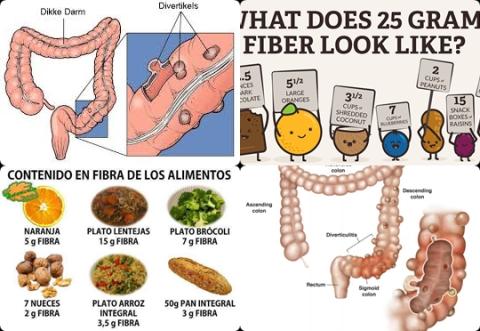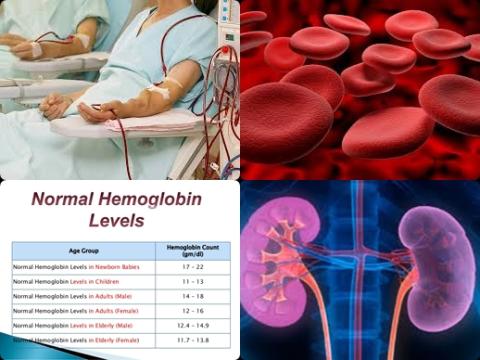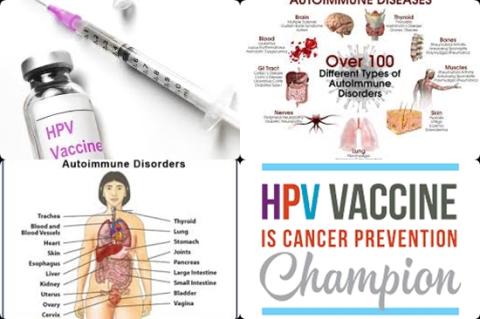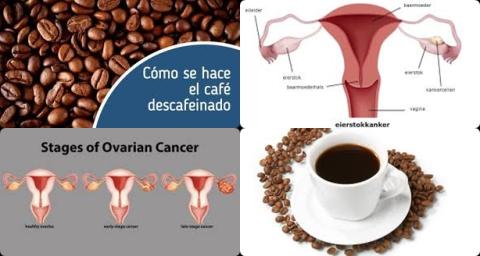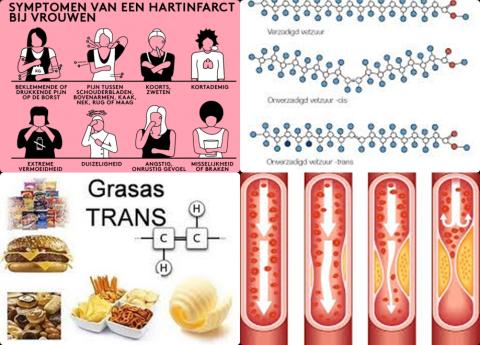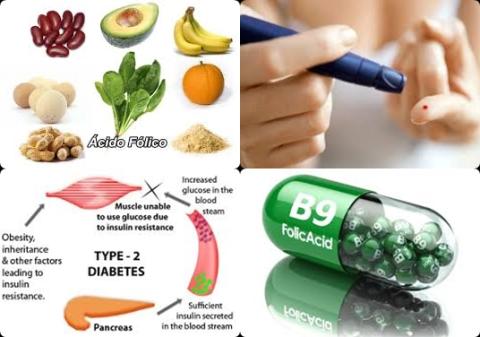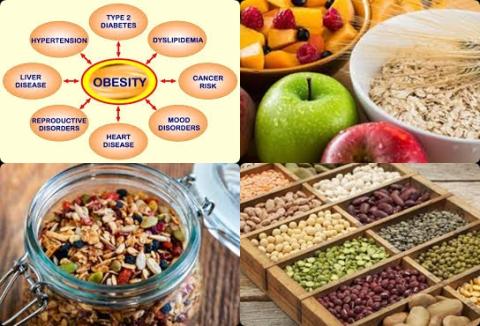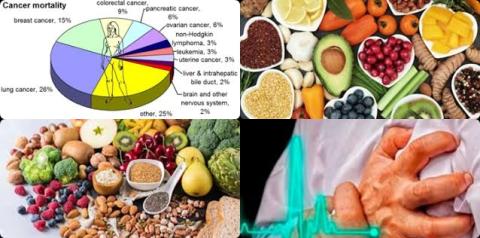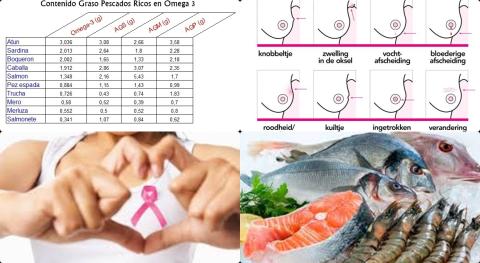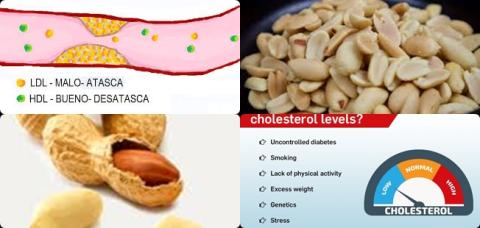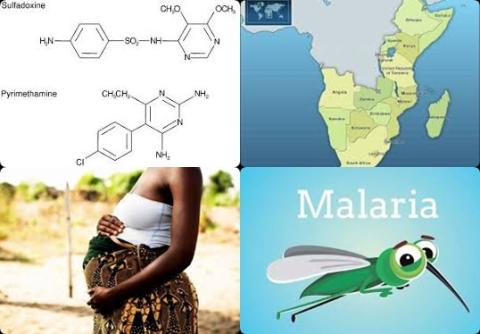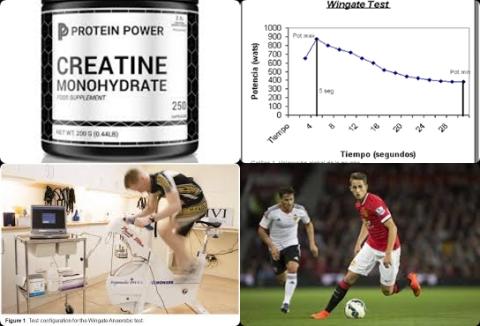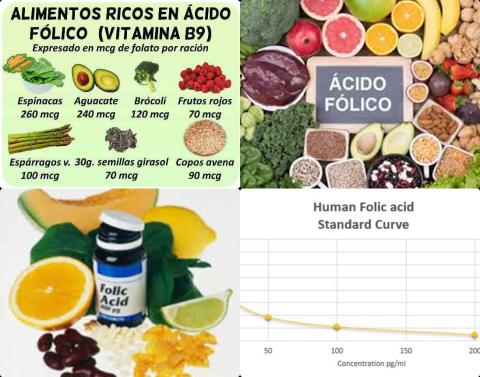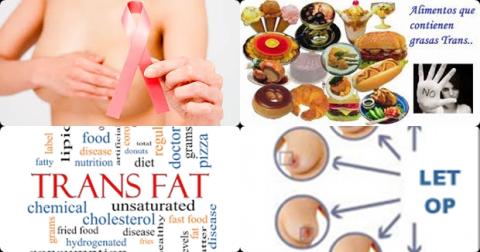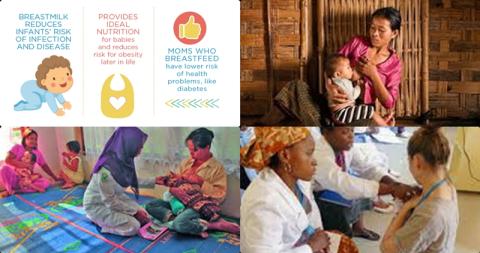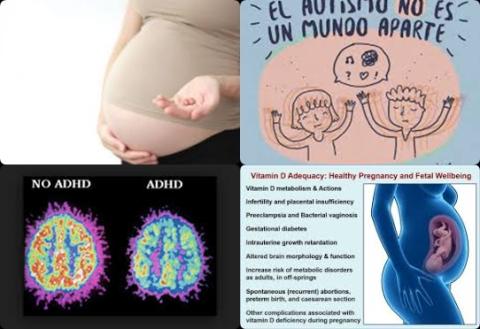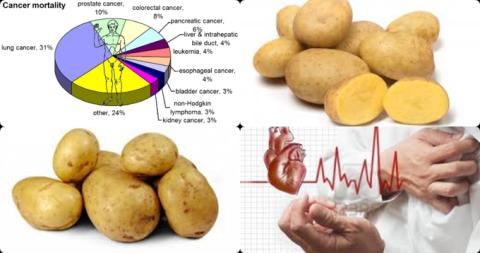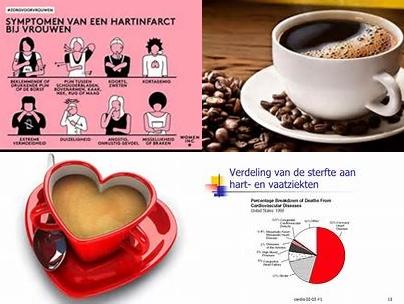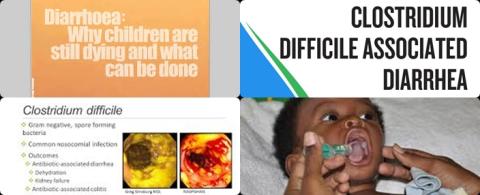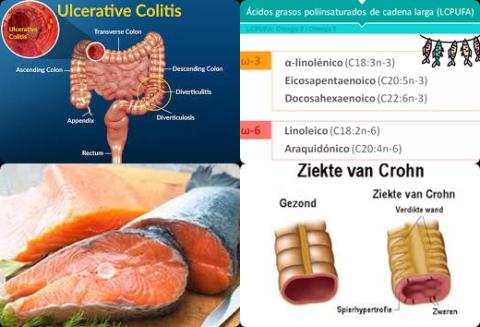|
Food items
|
ORAC values (micromol TE/100g)
|
|
Spices, cloves, ground
|
314446
|
|
Sumac, bran, raw
|
312400
|
|
Spices, cinnamon, ground
|
267536
|
|
Sorghum, bran, hi-tannin
|
240000
|
|
Spices, oregano, dried
|
200129
|
|
Spices, turmeric, ground
|
159277
|
|
Sorghum, bran, black
|
100800
|
|
Sumac, grain, raw
|
86800
|
|
Cocoa, dry powder, unsweetened
|
80933
|
|
Spices, cumin seed
|
76800
|
|
Spices, parsley, dried
|
74349
|
|
Sorghum, bran, red
|
71000
|
|
Spices, basil, dried
|
67553
|
|
Baking chocolate, unsweetened, squares
|
49926
|
|
Spices, curry powder
|
48504
|
|
Sorghum, grain, hi-tannin
|
45400
|
|
Chocolale, dutched powder
|
40200
|
|
Sage, fresh
|
32004
|
|
Spices, mustard seed, yellow
|
29257
|
|
Spices, ginger, ground
|
28811
|
|
Spices, pepper, black
|
27618
|
|
Thyme, fresh
|
27426
|
|
Marjoram, fresh
|
27297
|
|
Rice bran, crude
|
24287
|
|
Spices, chili powder
|
23636
|
|
Sorghum, grain, black
|
21900
|
|
Candies, chocolate, dark
|
20823
|
|
Candies, semisweet chocolate
|
18053
|
|
Nuts, pecans
|
17940
|
|
Spices, paprika
|
17919
|
|
Chokeberry, raw
|
16062
|
|
Tarragon, fresh
|
15542
|
|
Ginger root, raw
|
14840
|
|
Elderberries, raw
|
14697
|
|
Sorghum, grain, red
|
14000
|
|
Peppermint, fresh
|
13978
|
|
Oregano, fresh
|
13970
|
|
Nuts, walnuts, english
|
13541
|
|
Nuts, hazelnuts or filberts
|
9645
|
|
Cranberries, raw
|
9584
|
|
Pears, dried to 40% moisture (purchased in Italy)
|
9496
|
|
Savory, fresh
|
9465
|
|
Artichokes, Ocean Mist, boiled
|
9416
|
|
Artichokes, Ocean Mist, Microwaved
|
9402
|
|
Beans, kidney, red, mature seeds, raw
|
8459
|
|
Beans, pink, mature seeds, raw
|
8320
|
|
Beans, black, mature seeds, raw
|
8040
|
|
Nuts, pistachio nuts, raw
|
7983
|
|
Currants, european black, raw
|
7960
|
|
Beans, pinto, mature seeds, raw
|
7779
|
|
Plums, black diamond, with peel, raw
|
7581
|
|
Candies, milk chocolate
|
7528
|
|
Lentils, raw
|
7282
|
|
Agave, dried (Southwest)
|
7274
|
|
Apples, dried to 40% moisture (purchsed in Italy)
|
6681
|
|
Spices, garlic powder
|
6665
|
|
Artichokes, (globe or french), raw
|
6552
|
|
Blueberries, raw
|
6552
|
|
Plums, dried (prunes), uncooked
|
6552
|
|
Beans, black turtle soup, mature seeds, raw
|
6416
|
|
Sorghum, bran, white
|
6400
|
|
Chocolate syrup
|
6330
|
|
Plums, raw
|
6259
|
|
Babyfood, fruit, peaches
|
6257
|
|
Lemon balm, leaves, raw
|
5997
|
|
Soybeans, mature seeds, raw
|
5764
|
|
Spices, onion powder
|
5735
|
|
Blackberries, raw
|
5347
|
|
Garlic, raw
|
5346
|
|
Coriander (cilantro) leaves, raw
|
5141
|
|
Alcoholic Beverage, wine, table, red, Cabernet Suavignon
|
5034
|
|
Raspberries, raw
|
4882
|
|
Babyfood, fruit, apple and blueberry, junior
|
4822
|
|
Basil, fresh
|
4805
|
|
Nuts, almonds
|
4454
|
|
Dill weed, fresh
|
4392
|
|
Cowpeas, common (blackeyes, crowder, southern), mature seeds, raw
|
4343
|
|
Apples, Red Delicious, raw. with skin
|
4275
|
|
Peaches, dried to 40% moisture (purchased in Italy)
|
4222
|
|
Raisins, white, dried to 40% moisture (purchased in Italy)
|
4188
|
|
Babyfood, fruit, applesauce, strained
|
4123
|
|
Apples, Granny Smith, raw, with skin
|
3898
|
|
Dates, deglet noor
|
3895
|
|
Alcoholic beverage, wine, table, red
|
3873
|
|
Strawberries, raw
|
3577
|
|
Peanut butter, smooth style, with salt
|
3432
|
|
Currants, red, raw
|
3387
|
|
Figs, raw
|
3383
|
|
Cherries, sweet, raw
|
3365
|
|
Gooseberries, raw
|
3277
|
|
Apricots, dried to 40% moisture (purchased in Italy)
|
3234
|
|
Peanuts, all types, raw
|
3166
|
|
Cabbage, red, cooked, boiled, drained, without salt
|
3145
|
|
Broccoli raab, raw
|
3083
|
|
Apples, raw, with skin
|
3082
|
|
Raisins, seedless
|
3037
|
|
Pears, raw
|
2941
|
|
Agave, cooked (Southwest)
|
2938
|
|
Apples, Red Delicious, raw, without skin
|
2936
|
|
Juice, Blueberry
|
2906
|
|
Apples, Gala, raw, with skin
|
2828
|
|
Spices, cardamom
|
2764
|
|
Apples, Golden Delicious, raw, with skin
|
2670
|
|
Babyfood, fruit, bananas
|
2658
|
|
Apples, Fuji, raw, with skin
|
2589
|
|
Apples, raw, without skin
|
2573
|
|
Babyfood, fruit, peaches, junior
|
2551
|
|
Guava, white-fleshed
|
2550
|
|
Dates, medjool
|
2387
|
|
Broccoli, cooked, boiled, drained, without salt
|
2386
|
|
Lettuce, red leaf, raw
|
2380
|
|
Juice, Concord grape
|
2377
|
|
Cereals, ready-to-eat, corn flakes
|
2359
|
|
Juice, Pomegranate, 100%
|
2341
|
|
Cereals, oats, instant, fortified, plain, dry
|
2308
|
|
Cereals ready-to-eat, granola, low-fat, with raisins
|
2294
|
|
Cabbage, red, raw
|
2252
|
|
Apples, Golden Delicious, raw, without skin
|
2210
|
|
Sorghum, grain, white
|
2200
|
|
Radish seeds, sprouted, raw
|
2184
|
|
Cereals ready-to-eat, oat bran
|
2183
|
|
Cereals ready-to-eat, toasted oatmeal
|
2175
|
|
Cereals, oats, quick, uncooked
|
2169
|
|
Asparagus, raw
|
2150
|
|
Cereals ready-to-eat, oatmeal, toasted squares
|
2143
|
|
Sweet potato, cooked, baked in skin, without salt
|
2115
|
|
Bread, butternut whole grain
|
2104
|
|
Chives, raw
|
2094
|
|
Cabbage, savoy, cooked, boiled, drained, without salt
|
2050
|
|
Prune juice, canned
|
2036
|
|
Guava, red-fleshed
|
1990
|
|
Applesauce, canned, unsweetened, without added ascorbic acid
|
1965
|
|
Bread, pumpernickel
|
1963
|
|
Nuts, cashew nuts, raw
|
1948
|
|
Beet greens, raw
|
1946
|
|
Avocados, Hass, raw
|
1933
|
|
Pears, green cultivars, with peel, raw
|
1911
|
|
Rocket, raw
|
1904
|
|
Oranges, raw, navels
|
1819
|
|
Peaches, raw
|
1814
|
|
Juice, red grape
|
1788
|
|
Cabbage, black, cooked
|
1773
|
|
Beets, raw
|
1767
|
|
Pears, red anjou, raw
|
1746
|
|
Snacks, popcorn, air-popped
|
1743
|
|
Radishes, raw
|
1736
|
|
Cereals, oats, old fashioned, uncooked
|
1708
|
|
Tortilla chips, reduced fat, Olestra - TEMPORARY
|
1704
|
|
Nuts, macadamia nuts, dry roasted, without salt added
|
1695
|
|
Spinach, frozen, chopped or leaf, unprepared
|
1687
|
|
Potatoes, Russet, flesh and skin, baked
|
1680
|
|
Asparagus, cooked, boiled, drained
|
1644
|
|
Tangerines, (mandarin oranges), raw
|
1620
|
|
Broccoli raab, cooked
|
1552
|
|
Grapefruit, raw, pink and red, all areas
|
1548
|
|
Onions, red, raw
|
1521
|
|
Beans, navy, mature seeds, raw
|
1520
|
|
Cereals ready-to-eat, QUAKER, QUAKER OAT LIFE, plain
|
1517
|
|
Spinach, raw
|
1515
|
|
Alfalfa seeds, sprouted, raw
|
1510
|
|
Juice, Cranberry/Concord grape
|
1480
|
|
Lettuce, green leaf, raw
|
1447
|
|
Lettuce, butterhead (includes boston and bibb types), raw
|
1423
|
|
Bread, mixed-grain (includes whole-grain, 7-grain)
|
1421
|
|
Nuts, brazilnuts, dried, unblanched
|
1419
|
|
Broccoli, raw
|
1362
|
|
Potatoes, red, flesh and skin, baked
|
1326
|
|
Potatoes, russet, flesh and skin, raw
|
1322
|
|
Bread, Oatnut
|
1318
|
|
Cereals ready-to-eat, wheat, shredded, plain, sugar and salt free
|
1303
|
|
Parsley, raw
|
1301
|
|
Milk, chocolate, fluid, commercial, reduced fat
|
1263
|
|
Grapes, red, raw
|
1260
|
|
Tea, green, brewed
|
1253
|
|
Agave, raw (Southwest)
|
1247
|
|
Grapefruit juice, white, raw
|
1238
|
|
Lemon juice, raw
|
1225
|
|
Onions, yellow, sauteed
|
1220
|
|
Kiwi, gold, raw
|
1210
|
|
Olive oil, extra-virgin
|
1150
|
|
Potatoes, white, flesh and skin, baked
|
1138
|
|
Tea, brewed, prepared with tap water
|
1128
|
|
Grapes, white or green, raw
|
1118
|
|
Apricots, raw
|
1115
|
|
Potatoes, red, flesh and skin, raw
|
1098
|
|
Potatoes, white, flesh and skin, raw
|
1058
|
|
Onions, raw
|
1034
|
|
Alcoholic beverage, wine, table, rose
|
1005
|
|
Mangos, raw
|
1002
|
|
Juice, strawberry
|
1002
|
|
Sauce, ready-to-serve, salsa
|
1001
|
|
Peppers, sweet, orange, raw
|
984
|
|
Peppers, sweet, yellow, raw
|
965
|
|
Lettuce, cos or romaine, raw
|
963
|
|
Soybeans, mature seeds, sprouted, raw
|
962
|
|
Eggplant, raw
|
933
|
|
Peppers, sweet, green, raw
|
923
|
|
Beans, pinto, mature seeds, cooked, boiled, without salt
|
904
|
|
Sweet potato, raw, unprepared
|
902
|
|
Pineapple, raw, extra sweet variety
|
884
|
|
Kiwi fruit, (chinese gooseberries), fresh, raw
|
882
|
|
Bananas, raw
|
879
|
|
Juice, cranberrry, 100% - cranberry blend, red
|
865
|
|
Onions, white, raw
|
863
|
|
Cabbage, cooked, boiled, drained, without salt
|
856
|
|
Chickpeas (garbanzo beans, bengal gram), mature seeds, raw
|
847
|
|
Peppers, sweet, red, sauteed
|
847
|
|
Raisins, white, fresh (purchased in Italy)
|
830
|
|
Cauliflower, raw
|
829
|
|
Lime juice, raw
|
823
|
|
Grape juice, white
|
793
|
|
Peppers, sweet, red, raw
|
791
|
|
Olive oil, extra-virgin, w/parsley, home prepared
|
766
|
|
Sweet potato, cooked, boiled, without skin
|
766
|
|
Beans, snap, green, raw
|
759
|
|
Nectarines, raw
|
750
|
|
Peas, yellow, mature seeds, raw
|
741
|
|
Chilchen (Red Berry Beverage) (Navajo)
|
740
|
|
Corn, sweet, yellow, raw
|
728
|
|
Orange juice, raw
|
726
|
|
Pear juice, all varieties
|
704
|
|
Peppers, sweet, yellow, grilled
|
694
|
|
Tomato products, canned, sauce
|
694
|
|
Mush, blue corn with ash (Navajo)
|
684
|
|
Olive oil, extra-virgin, w/basil, home prepared
|
684
|
|
Carrots, raw
|
666
|
|
Cauliflower, cooked, boiled, drained, without salt
|
620
|
|
Nuts, pine nuts, dried
|
616
|
|
Peppers, sweet, green, sauteed
|
615
|
|
Onions, sweet, raw
|
614
|
|
Peas, green, frozen, unprepared
|
600
|
|
Catsup
|
578
|
|
Pineapple juice, canned, unsweetened, without added ascorbic acid
|
568
|
|
Vinegar, Apple
|
564
|
|
Pineapple, raw, traditional varieties
|
562
|
|
Olive oil, extra-virgin, w/garlic, home prepared
|
557
|
|
Vegetable juice cocktail, canned
|
548
|
|
Tomatoes, plum, raw
|
546
|
|
Peas, split, mature seeds, raw
|
524
|
|
Corn, sweet, yellow, frozen, kernels cut off cob, unprepared
|
522
|
|
Cabbage, raw
|
508
|
|
Celery, raw
|
497
|
|
Broccoli, frozen, spears, unprepared
|
496
|
|
Leeks, (bulb and lower leaf-portion), raw
|
490
|
|
Tomato juice, canned, with salt added
|
486
|
|
Cocoa mix, powder
|
485
|
|
Pumpkin, raw
|
483
|
|
Spices, poppy seed
|
481
|
|
Lettuce, iceberg (includes crisphead types), raw
|
438
|
|
Carrots, baby, raw
|
436
|
|
Peaches, canned, heavy syrup, drained
|
436
|
|
Babyfood, juice, pear
|
414
|
|
Corn, sweet, yellow, canned, brine pack, regular pack, solids and liquids
|
413
|
|
Vinegar, Red wine
|
410
|
|
Apple juice, canned or bottled, unsweetened, without added ascorbic acid
|
408
|
|
Tomatoes, red, ripe, cooked
|
406
|
|
Squash, winter, butternut, raw
|
396
|
|
Alcoholic beverage, wine, table, white
|
392
|
|
Pineapple, raw, all varieties
|
385
|
|
Tomatoes, red, ripe, raw, year round average
|
367
|
|
Carrots, cooked, boiled, drained, without salt
|
317
|
|
Melons, cantaloupe, raw
|
315
|
|
Fennel, bulb, raw
|
307
|
|
Beans, snap, green variety, canned, regular pack, solids and liquids
|
290
|
|
Vinegar, Apple and Honey
|
270
|
|
Eggplant, cooked, boiled, drained, without salt
|
245
|
|
Beans, lima, immature seeds, canned, regular pack, solids and liquids
|
243
|
|
Melons, honeydew, raw
|
241
|
|
Juice, cranberry, white
|
232
|
|
Vinegar, Honey
|
225
|
|
Olive oil, extra-virgin, w/garlic and red hot peppers, home prepared
|
219
|
|
Cucumber, with peel, raw
|
214
|
|
Squash, summer, zucchini, includes skin, raw
|
180
|
|
Watermelon, raw
|
142
|
|
Cucumber, peeled, raw
|
126
|
|
Oil, peanut, salad or cooking
|
106
|
|
Limes, raw
|
82
|

